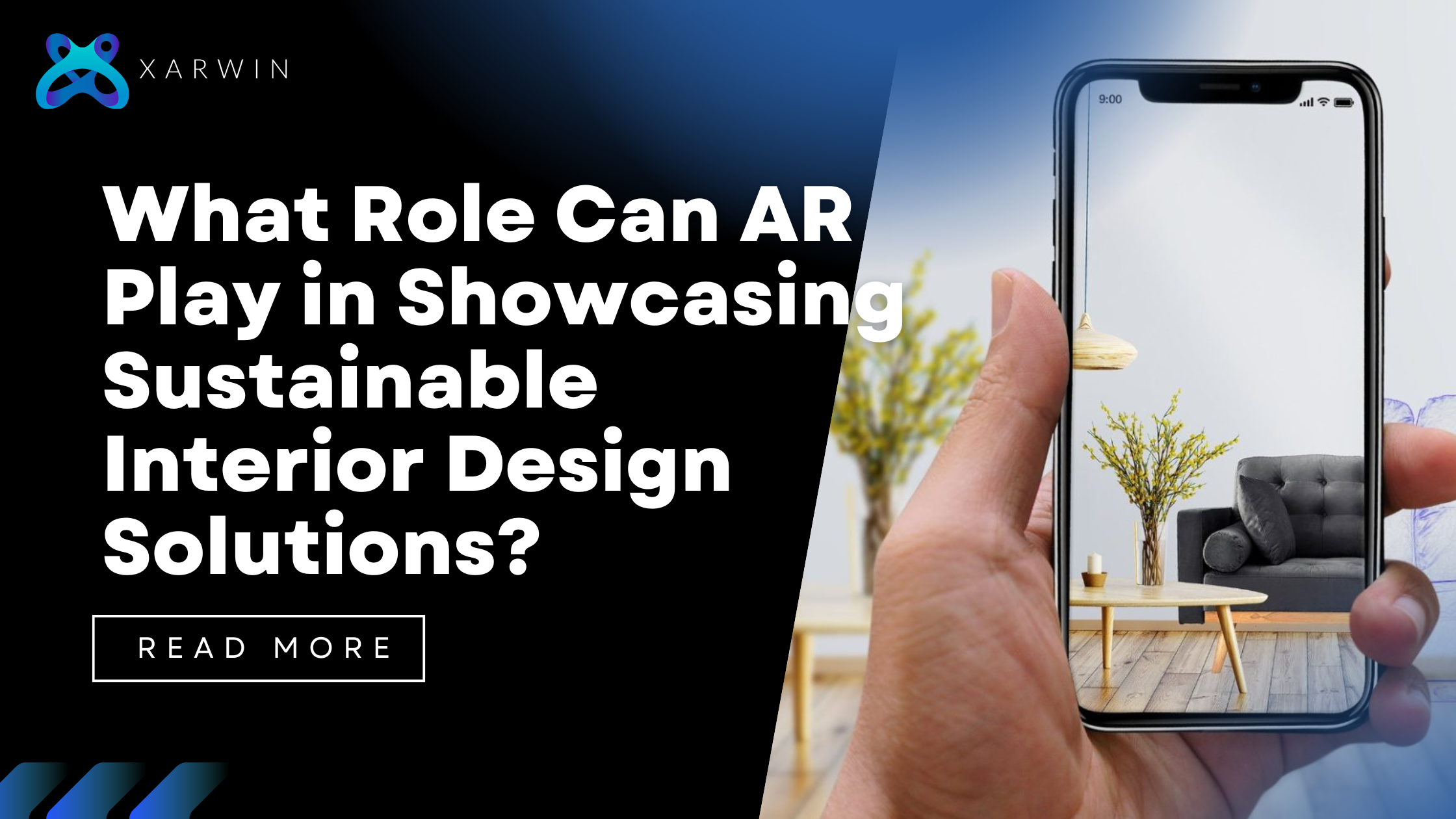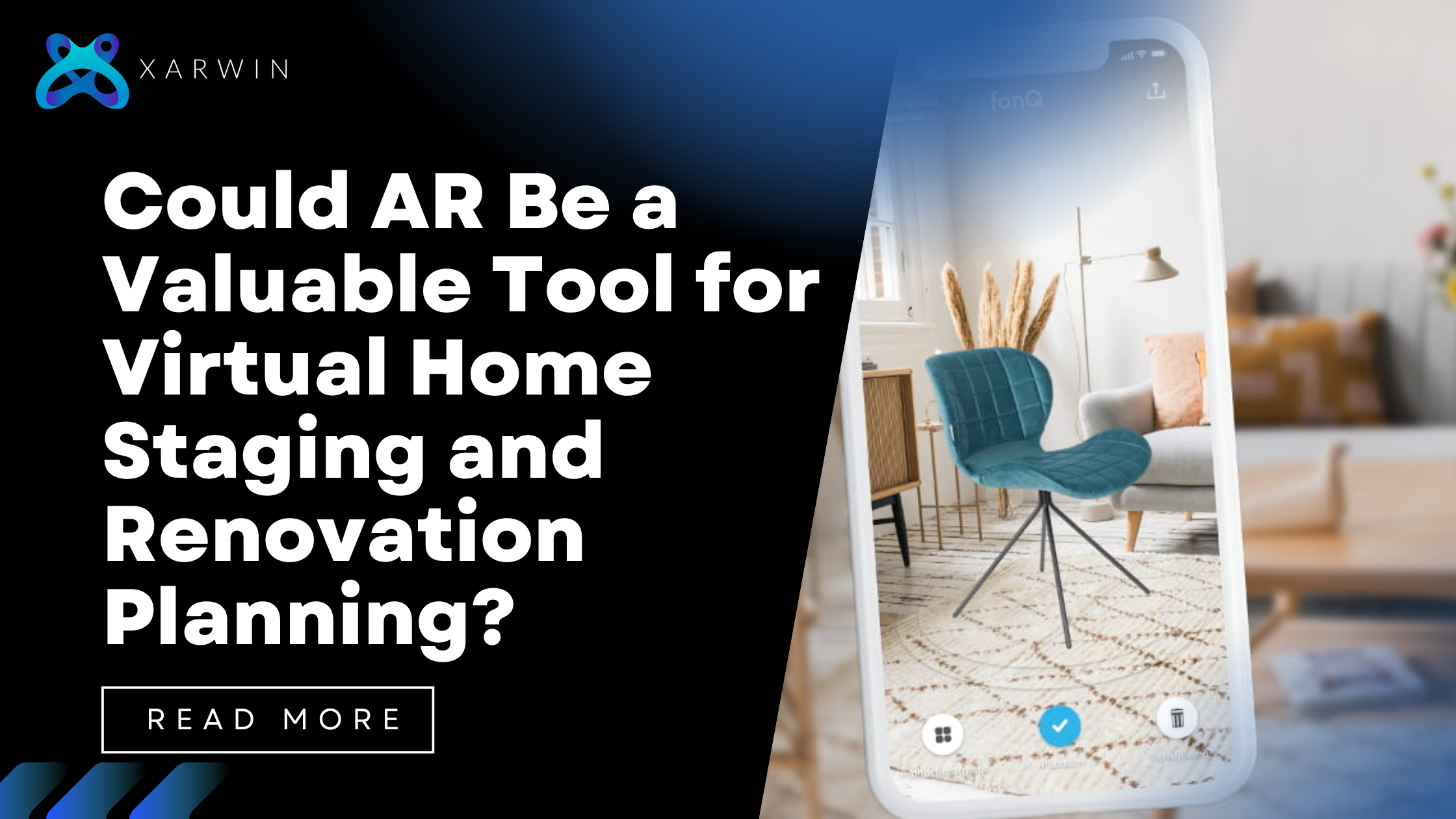Challenges in Sustainable Interior Design
Sustainable interior design is the principle virtue of design that is powered to create spaces that are environmentally responsible, resource-efficient, and at the same time great-looking from the point of human wellness. For the eco-friendly choice, the designer should use energy-efficient materials, optimize energy use, minimize waste, and rank the health of occupants at the top. However, several challenges exist in promoting sustainability within interior design:
- Lack of Awareness: Lots of people are ignorant about sustainable design and are not aware of the options available to address the problem.
- Cost Perception: Commonly, those who need to learn a great deal about sustainable design feel that it is more expensive to create than any other type of design.
- Complexity: The sustainable solutions frequently require specialized knowledge. This often has to be done by the clients and designers, which can be a scary thing.
- Aesthetic Concerns: In their belief, sustainable design properties often come at the expense of good appearance.
AR can address these issues and get over them by giving people a means to interact and witness dynamically the ways for sustainably designing the interior.
How AR is Transforming Sustainable Interior Design
1. Visualization and Real-time Changes
AR enables a designer to see various sustainable design concepts the moment they occur in real-time 3D simulation within the design context. Incorporating AR apps or devices would offer the designer an option to create possible sustainable furniture, lighting fixtures, and other layout options so that their clients can see how the proposed sustainable lifestyle would appear and make them feel. What makes this skill even more useful is when some advanced materials or unconventional design concepts are introduced to the public.
For example, a designer can use AR to demonstrate how reclaimed wood flooring would appear in a living room or how energy-efficient LED lighting can enhance a space’s ambiance. Allowing clients to see the progress instantly, AR will give them the choice to incorporate sustainable design elements into their decisions.
2. Educating Clients and Stakeholders
AR provides an effective platform for educating clients and stakeholders about the benefits of sustainable design. By creating interactive AR experiences, designers can explain the environmental impact of various materials, energy-efficient technologies, and other sustainable practices. This educational approach can help dispel misconceptions about sustainability and build support for eco-friendly solutions.
Imagine an AR experience that demonstrates the lifecycle of a sustainable product, from sourcing to disposal. Clients can visually understand how choosing sustainable materials can reduce their carbon footprint and contribute to a healthier planet.
3. Customization and Personalization
Sustainable interior design often requires customization to meet specific project requirements. AR allows designers to experiment with different layouts, materials, and color schemes to find the most sustainable and aesthetically pleasing solutions. Clients can participate in this process by interacting with AR models, making adjustments, and visualizing the results.
With AR, a designer can create personalized sustainable design options tailored to the client’s preferences. This interactive approach fosters greater engagement and helps clients feel more invested in the design process.
4. Reducing Material Waste
Discarding material waste from interior design is of great concern that designers need to deal with. By applying AR to make design plans and visualize corrections in advance, designers may lower the quantity of waste by making more informed and accurate decisions without physical production. The AR technology allows the designers to test various layouts and configurational arrangements, thus cutting down the extra spending caused by mistakes during the construction work.
One way of doing that is using AR when the designer looks for the perfect place to install appropriate eco-friendly furniture and fittings, thus eliminating the need for a ‘trial and error’ search. This method is economical in terms of redundant materials that go to waste, which consequently improves the environmental consciousness of designers.
5. Enhancing Collaboration
Interior design projects often involve multiple stakeholders, including designers, clients, contractors, and suppliers. AR facilitates collaboration by providing a shared platform for visualizing and discussing sustainable design solutions. Stakeholders can view and interact with AR models, allowing them to provide feedback and make informed decisions collaboratively.
This collaborative approach can lead to better communication and understanding among all parties involved, ensuring that sustainable design goals are met efficiently and effectively.
Real-World Examples of AR in Sustainable Interior Design
Several companies and designers are already harnessing the power of AR to promote sustainable interior design:
- IKEA Place: IKEA’s AR app allows users to visualize how different furniture pieces would look in their homes. This capability encourages customers to consider sustainable furniture options and helps reduce returns, contributing to a more sustainable retail experience.
- Houzz: Houzz’s AR feature allows users to experiment with various interior design elements, including sustainable materials and fixtures. This interactive platform educates users about sustainable design while inspiring eco-friendly spaces.
- Magicplan: Magicplan uses AR to create floor plans and interior layouts. This technology helps designers and contractors plan projects more accurately, reducing material waste and promoting sustainability.
Conclusion
Augmented reality can transform sustainable interior design by offering a potent platform for visualization, education, customization, and collaboration. By utilizing AR, designers and clients can discover eco-friendly alternatives, minimize material waste, and improve the overall design experience. As AR technology progresses, its role in promoting sustainability within interior design will become more significant, contributing to a more sustainable and environmentally aware future.
As a trailblazer in augmented reality (AR), Xarwin combines innovation with a user-centric approach to redefine industry standards. Its team of expert engineers, designers, and strategists excels in crafting immersive AR experiences across various sectors. With each project, the company not only meets current demands but also shapes future trends, establishing itself as a leading force in the AR landscape.





